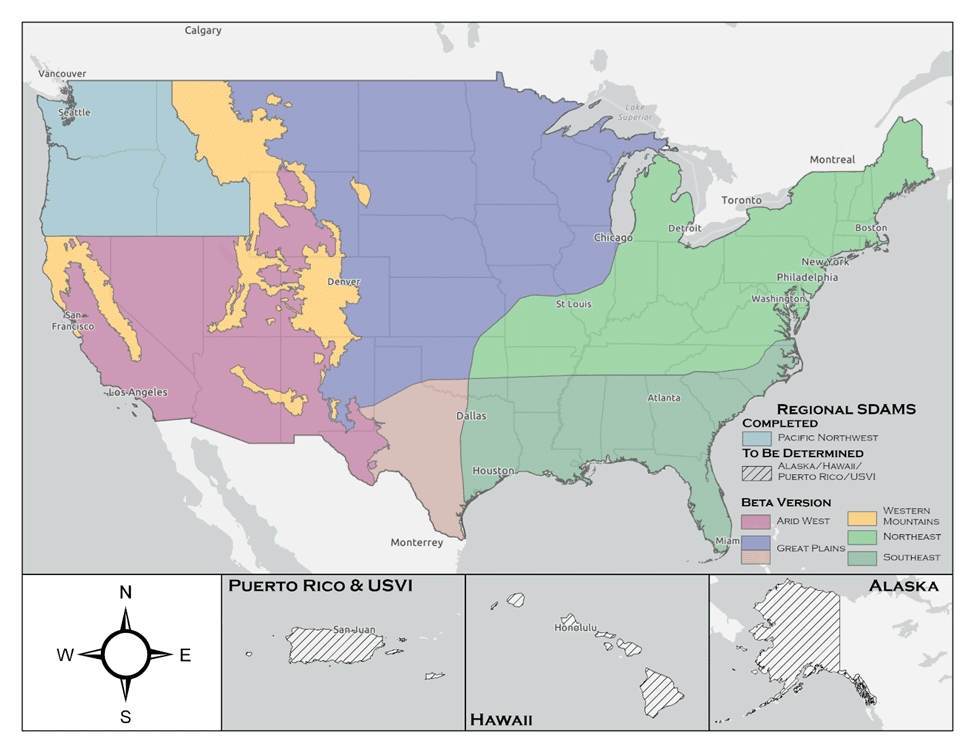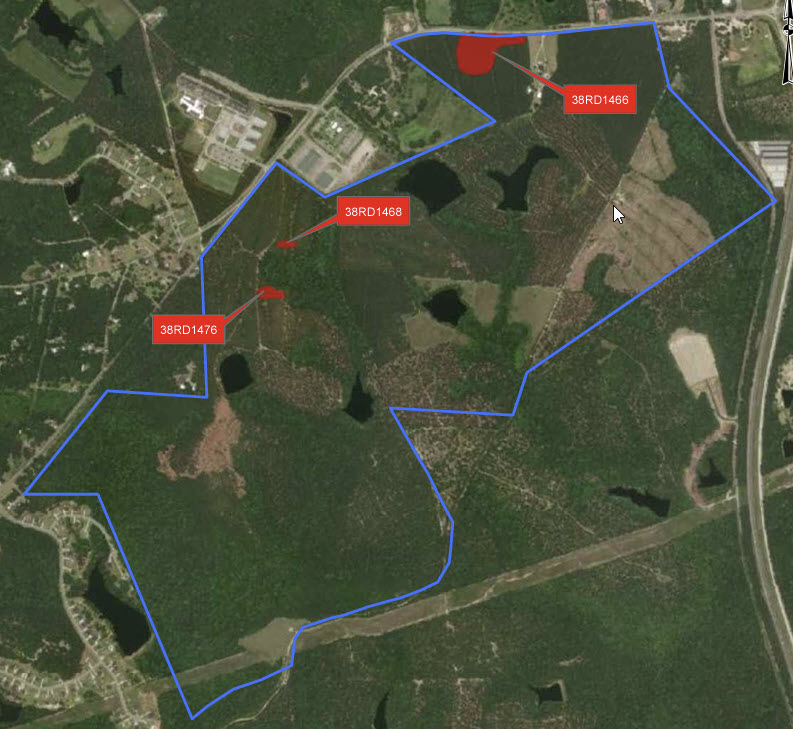
In the aftermath of the pivotal Supreme Court ruling in Sackett v. EPA, a seismic shift has occurred in the legal framework governing the protections of the United States’ waters and wetlands under the Clean Water Act (CWA). The U.S. Army Corps of Engineers, tasked with a significant portion of the Act’s implementation through its permitting program, has issued a detailed memorandum dated March 22, 2024, outlining a nuanced and multifaceted strategy to adapt to and mitigate the implications of this landmark decision.
The crux of the Sackett ruling lies in its narrow reinterpretation of the “Waters of the United States” (WOTUS), a critical term under the CWA that delineates the extent of federal jurisdiction over the nation’s aquatic resources. Historically, the scope of WOTUS has been subject to regulatory definitions since the 1970s, with the latest iteration promulgated on September 8, 2023. The Supreme Court’s decision, however, significantly contracted the ambit of federally protected wetlands, specifically those without a continuous surface connection to larger bodies of water, thereby excluding them from the protections afforded by the Act.
This memo from the Army Corps of Engineers charts a forward-looking course, underscoring the imperative to leverage existing legal authorities and resources to safeguard and enhance the resilience of these now more vulnerable aquatic ecosystems. It articulates a comprehensive strategy encompassing Civil Works Actions and Regulatory Program Actions, each with specific initiatives designed to address the challenges posed by the Sackett decision.
Civil Works Actions
The memo delineates several key actions within the Corps’ Civil Works mission to bolster aquatic ecosystem restoration, technical assistance, and the integration of nature-based solutions. These efforts are premised on a nuanced understanding of the ecosystem services rendered by waters and wetlands, emphasizing their critical role in flood mitigation, water quality enhancement, and habitat provision.
- Aquatic Ecosystem Restoration: The directive prioritizes projects that restore hydrologic connectivity and improve the physical and biological integrity of ecosystems impacted by the Sackett decision. This includes an emphasis on Section 206 of the Continuing Authorities Program (CAP), highlighting the strategic allocation of resources towards projects that align with the watershed-based needs elucidated by the ruling.
- Technical Assistance Programs: Recognizing the pivotal role of state, local, and tribal entities in aquatic resource management, the memo underscores the Corps’ commitment to providing expert guidance and planning assistance. This is particularly relevant for entities navigating the altered regulatory landscape post-Sackett, with a focus on fostering resilience in ecosystems stripped of federal protection under the narrowed WOTUS definition.
- Nature-Based Solutions: The memo advocates for the broader adoption of nature-based solutions in Civil Works projects, aligning with ongoing research and development initiatives. This approach is posited as a means to enhance project sustainability and ecological benefits, especially in light of the reduced jurisdictional scope for wetland protections.
Regulatory Program Actions
In addressing the regulatory implications of the Sackett decision, the memo places a strong emphasis on transparency and compensatory mitigation:
- Approved Jurisdictional Determinations: It mandates the continuation of transparent processes in issuing jurisdictional determinations, vital for providing stakeholders with clarity on the jurisdictional status of aquatic resources post-Sackett. This transparency is instrumental in enabling informed decision-making and strategic planning by affected parties.
- Compensatory Mitigation: Crucially, the memo reiterates that the jurisdictional status of waters and wetlands, as delineated by the WOTUS definition, does not preclude their eligibility for serving as compensatory mitigation under Corps permits. This policy stance is particularly significant, underscoring the Corps’ commitment to a functional and ecological assessment of aquatic resources for mitigation purposes, beyond the binary jurisdictional categorizations constrained by the Sackett ruling.
The memorandum issued by the U.S. Army Corps of Engineers post-Sackett decision is a testament to the agency’s commitment to navigating the complex interplay between environmental protection and legal mandates. Through a meticulous articulation of strategic actions, the Corps aims to fortify the resilience and ecological integrity of the nation’s waters and wetlands, navigating the nuanced legal terrain sculpted by the Supreme Court’s decision. This document not only outlines a path forward in the wake of reduced federal oversight but also reinforces the enduring value of aquatic ecosystems to the nation’s environmental, economic, and social well-being.





